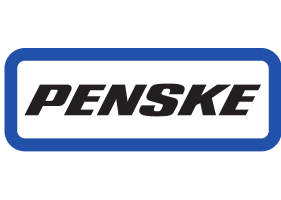Ready for a new approach to testing the security of your organization?
Start your Attack Surface Management program today.
Get a DemoOr see plans & pricing »
We've worked with thousands of businesses of all sizes to help them reduce cyber risk and improve their security posture, whether they have 10 assets or 10,000. From discovery, to vulnerability assessment, to manual penetration testing, here’s our approach for getting the most out of your Attack Surface Management program with Halo Security.
You can't protect assets if you don't know they exist. That's why you should always start by cataloguing every asset you control. We’ll help you find every related domain, IP and port that’s exposed to the internet. Once categorized, you can easily assign the right scanning and testing to them.
Once you’ve identified all of your internet-facing assets, understanding and reducing unnecessary services allows you to cut off entry points an attacker could use. With Firewall Scanning, we detect and monitor all the open ports, services and protocols across all your targets.
While websites are essential to most businesses, they create many security risks that change over time. Once you've eliminated access to unnecessary services, it's best to focus on making sure your websites are protected.
Once you've addressed any issues detected on your websites, it's time to focus on server vulnerabilities. Since you've already identified the assets on your attack surface and hopefully eliminated unnecessary exposures, a vulnerability scan is likely to give you a much more manageable number of vulnerabilities to remediate.
For custom-coded applications, you'll want to do more than look for server vulnerabilities. Our application scanning relies on Dynamic Application Security Testing (DAST) to find the errors that can allow OWASP Top 10 issues like SQL injection and cross-site scripting.
For every asset that processes, transmits or stores credit card data, you'll need to run a more sensitive scan to achieve PCI compliance. Once you've found all possible PCI vulnerabilities and remediated the necessary ones, you can easily submit your report to us, an Approved Scanning Vendor (ASV), for approval.
Once you've addressed all the issues that can be found automatically, a penetration test can help determine if there are any ways for an attacker to access your data. Our experienced penetration testers will use a variety of methods to try to manipulate your systems to expose data they shouldn't be able to access.
Continuously discovering, scanning and monitoring your attack surface will help you identify security risks as quickly as possible. Remediating cybersecurity risks as soon as they are introduced will help your organization protect its customer data.
Start your Attack Surface Management program today.
Get a DemoOr see plans & pricing »




